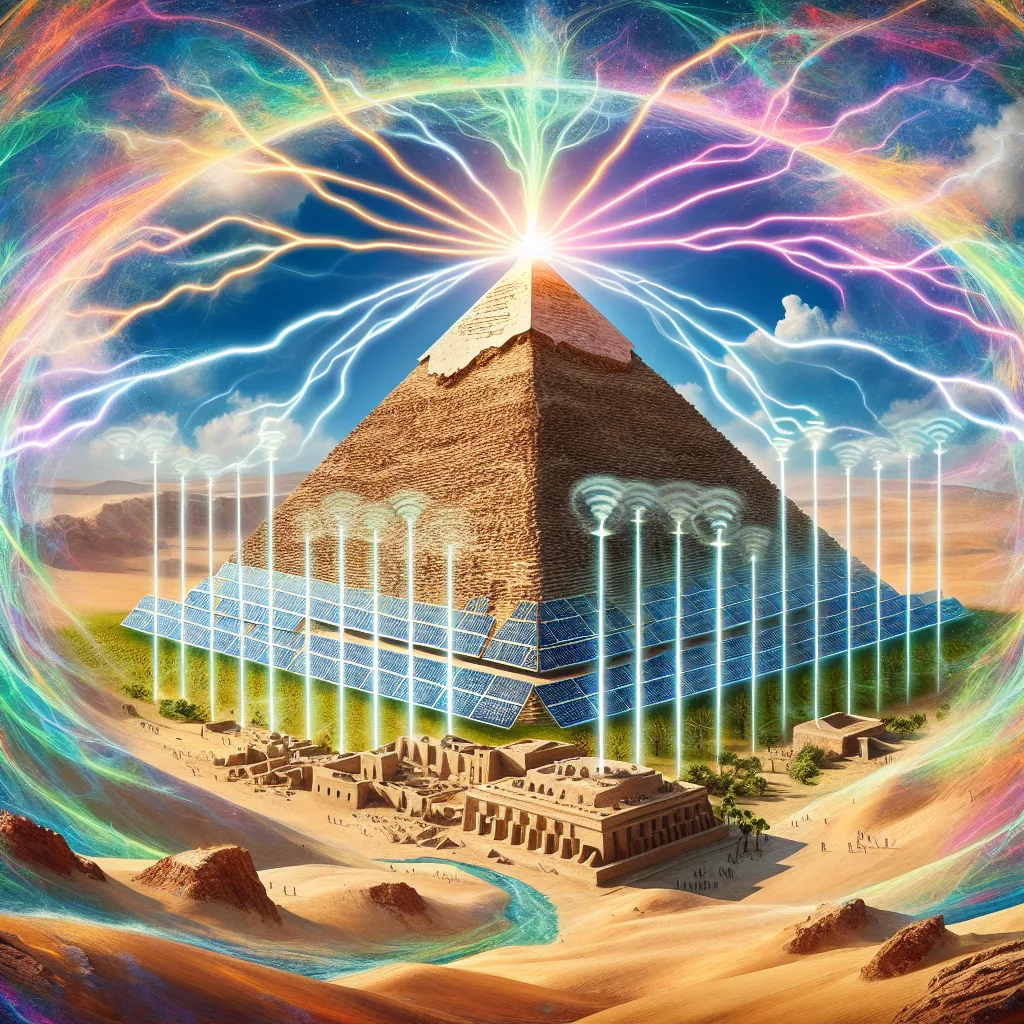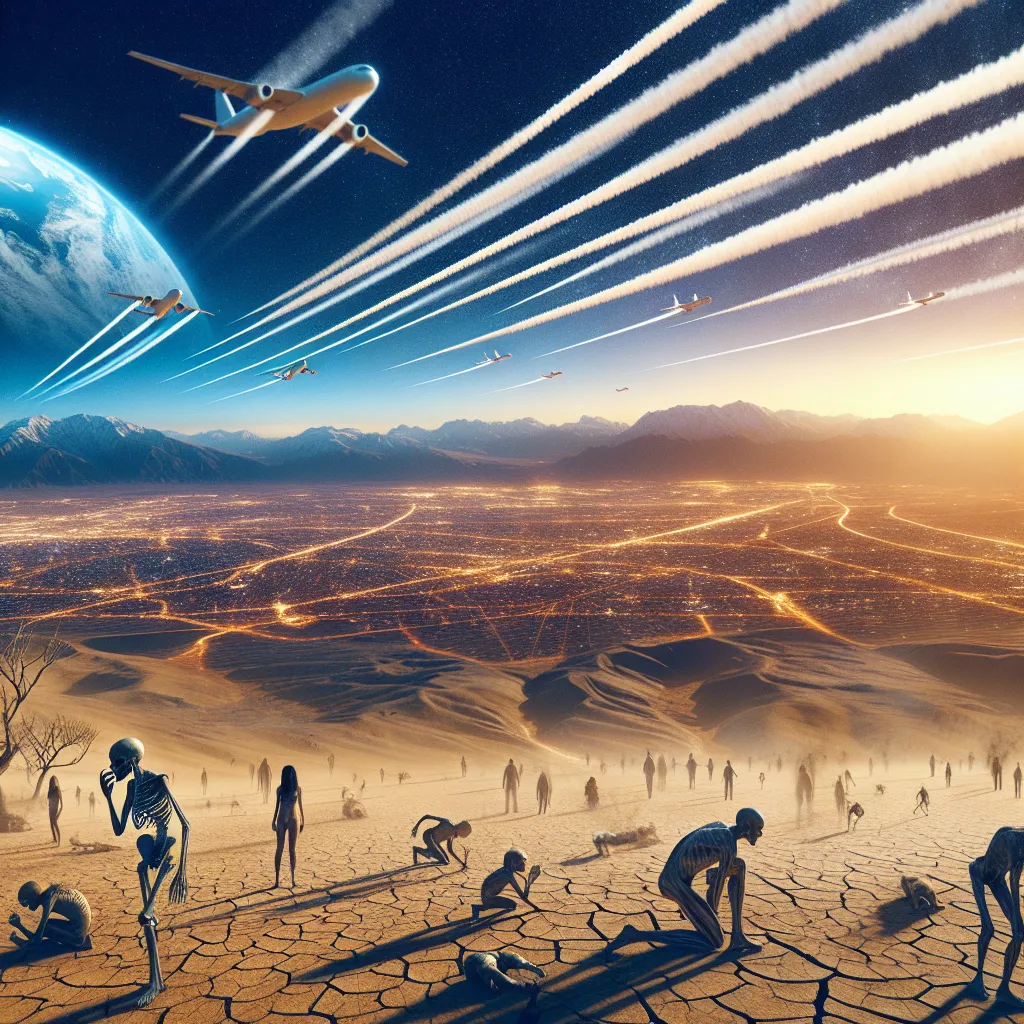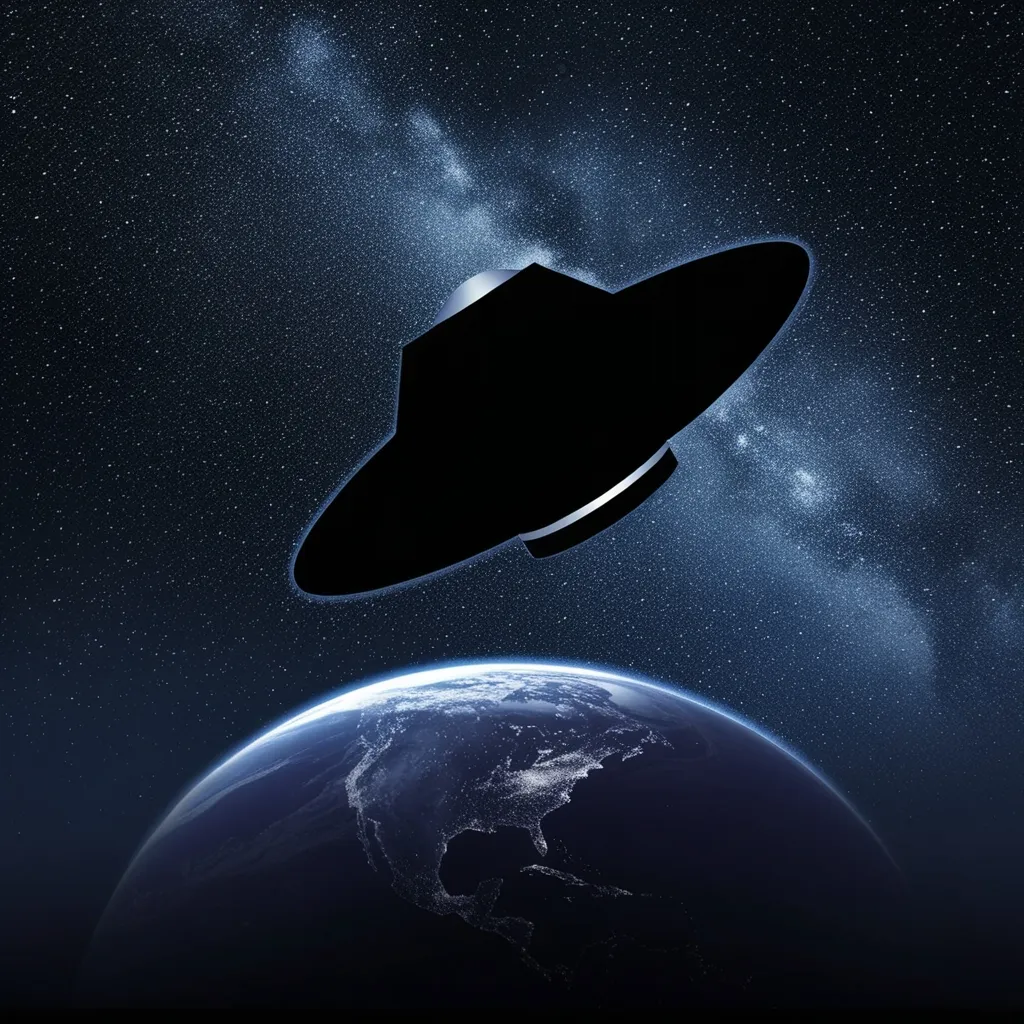Nikola Tesla believed in capturing Earth’s energy to wirelessly power the world. Initially, his experiments saw success, but his research vanished after his death. Though mainstream history views his wireless power technology as lost, some suggest evidence might still exist.
For years, we believed the Great Pyramid of Giza was a tomb for Pharaoh Khufu. But its unique features suggest otherwise—no artifacts, no hieroglyphs, and no royal wall art. It raises questions about its true purpose. The pyramid’s precise alignment and complex construction reflect advanced engineering that today would require lasers and high tech.
But what if the pyramid wasn’t just a monument? Its structure and materials hint at an ancient energy plant. The outer casing, once white limestone, and inner chambers of quartz-rich granite could support this theory. When piezoelectric materials like quartz are compressed, they generate electricity.
In the 1970s, the idea that the Great Pyramid was a power plant emerged but was considered fringe. However, more discoveries have provided compelling evidence. Christopher Dunn proposed that water moving below the pyramid created sound waves that resonated with Earth’s vibrations, generating energy. This energy process seemed to involve hydrogen, produced by chemical reactions within the pyramid.
Inside, resonating chambers built of granite with high quartz content might have focused and amplified energy. The King’s chamber, for example, could function as a helmholtz resonator, like blowing over a bottle to produce sound. This whole setup could turn the pyramid into a vast musical instrument and power plant.
In 2018, scientists found that the pyramid could indeed interact with electromagnetic waves, supporting the power plant theory. Further studies in 2019 showed that vibrating granite could generate electrical currents, suggesting a blend of science and music was used to create energy.
Tesla’s vision for wireless energy using Earth’s resonance was similar to how the pyramid might have worked. Yet, both his projects and possibly the pyramid faced destructive external forces, whether human or natural. Nikola Tesla’s wireless power tower, like the potential power system of the pyramids, was never allowed to fully develop or succeed.
Today, Tesla’s legacy lives on but his most revolutionary idea— free, clean energy—remains unrealized. Theories about the Great Pyramid being an ancient power plant continue to gain traction, but obstacles—whether historic, political, or economic—remain.
Could ancient civilizations have created advanced technologies that we are only now beginning to understand? And is our hesitation to embrace such technology merely history repeating itself? The answers might reshape our understanding of both ancient history and future possibilities.






